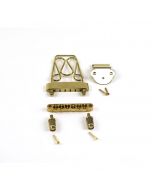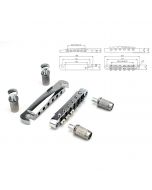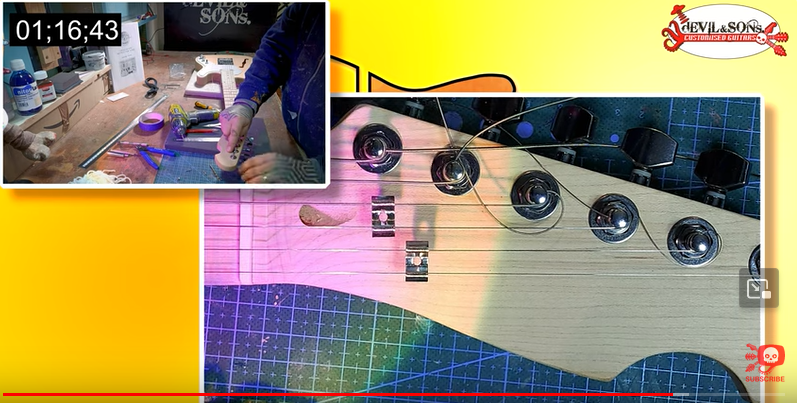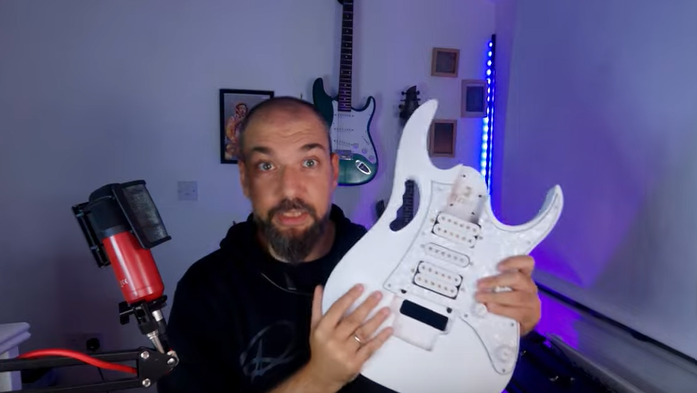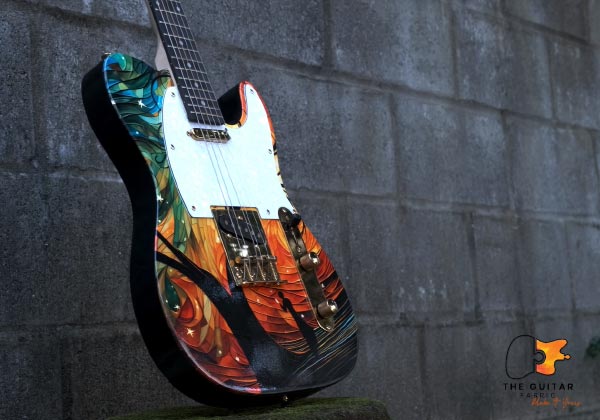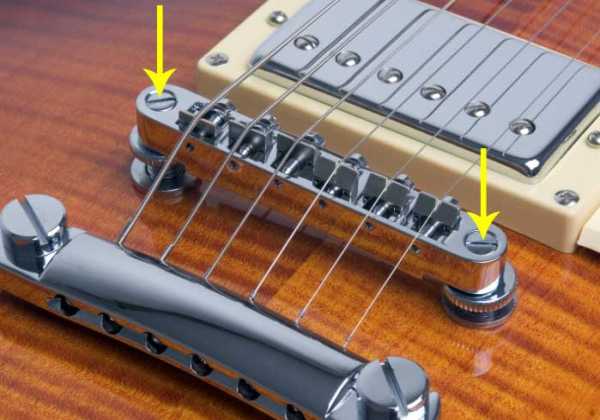
BRIDGE SETUP: OPTIMIZE PLAYABILITY AND SOUND
Optimizing your guitar setup can make a world of difference in your playing experience, helping you achieve perfect playability and sound. In this guide, we'll walk you through the crucial steps to fine-tune your guitar for the best performance adjusting string action and intonation using the bridge.
Initial Comments: 95% of the electric guitar have all the lever to adjust both intonation and string action. In particular tune-o-matic bridge, tremolo or Floyd rose will have these bridge levers. However guitar kit such as dobro guitar kit will be a bit more trick to adjust height and in particular intonation through the bridge.
Bridge Height for Perfect String Action
String action is a critical factor in determining how comfortable and responsive your guitar feels. Whether you're playing an electric or acoustic guitar, achieving the right string action is essential for playability and sound quality. Follow these steps to set the perfect string action using the bridge:
Action Level Chart Reference: Refer to our Action Level Chart to determine the desired string action at the 12th fret for both the 1st and 6th strings. Depending on your preferences and playing style, you can choose between low, mid, or high action.

Expected string action, in inch, at the 12th fret for the 1st and 6th string
Adjust Saddle Heights: Now, it's time to fine-tune the string action using the bridge saddles. Adjust each saddle individually to match the desired string action based on the chart. Gradually increase the action from the first to the sixth string to ensure balanced playability.
By achieving the perfect string action, you'll experience improved ease of play and sound quality, making your guitar more enjoyable to play.
Achieving Harmonious Intonation
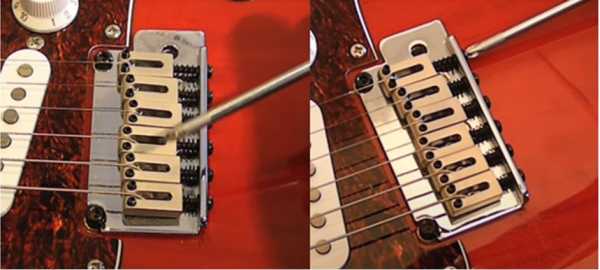
Adjusting intonation
Proper intonation is another crucial factor that can significantly impact your guitar's sound quality. Intonation ensures that your guitar sounds harmonious across the entire fretboard. Here's a step-by-step guide to achieving harmonious intonation:
Tune Your Guitar: Start by tuning your guitar to your preferred tuning.
Harmonic vs. Fretted Note: Play the harmonic above the 12th fret of the sixth string. This creates a pure, bell-like tone.
Compare Pitch: Now, compare the pitch of the harmonic to the fretted note at the 12th fret. They should match precisely.
Adjust Saddle Position: If the pitch of the harmonic and the fretted note does not match, use the adjustment screws on the saddle to fine-tune the string's length. Moving the saddle slightly forward or backward will help you achieve perfect intonation.
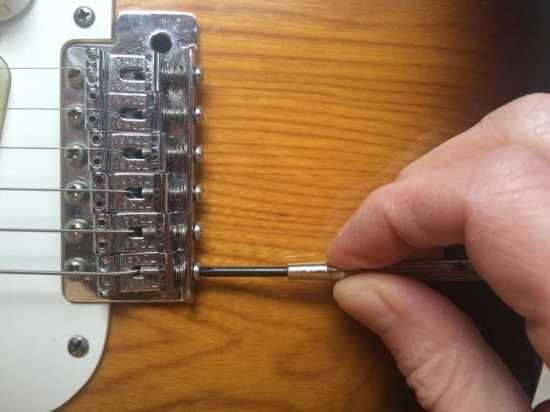
Repeat the Process: Repeat this process for all strings on your guitar. Ensure that each string has harmonious intonation for consistent sound quality across the fretboard.
By following these steps to optimize your guitar setup, you'll achieve the perfect balance of playability and sound quality, enhancing your overall guitar-playing experience. Remember that practice makes perfect, so take your time to fine-tune your guitar and enjoy the results in your playing.
 FR
FR US
US DE
DE IT
IT ES
ES
